TACCHO/Seafood
TACCHO/SEAFOODThis is a list of “TACCHO/Seafood” search by theme.
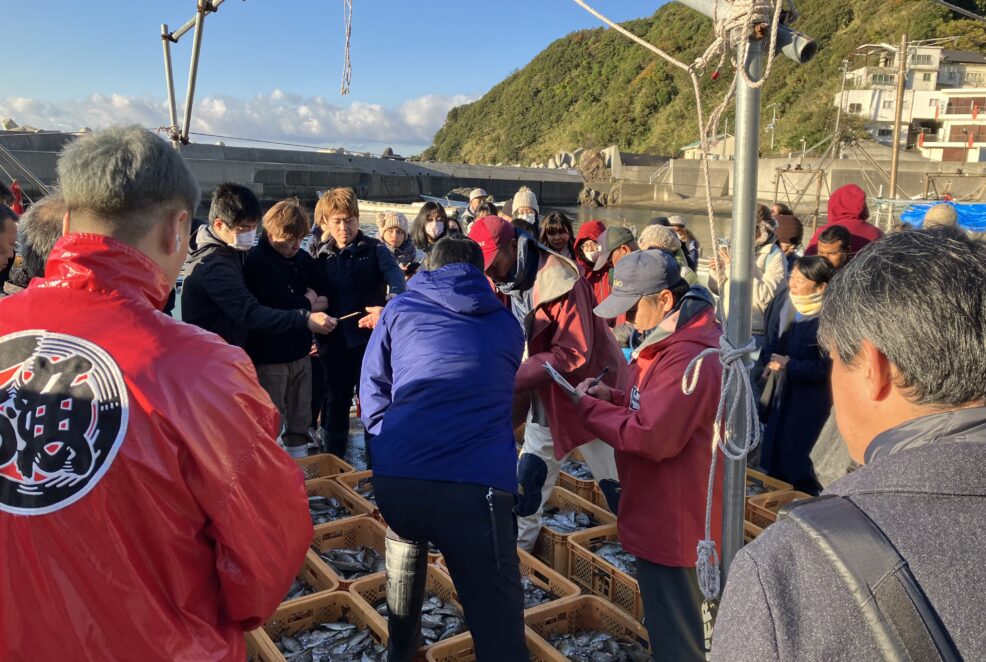
Visit the auction at Oi Fishing Port and experience making Arida Sushi
Fixed net fishing is conducted almost every day except Saturdays at Oi Fishing Port. The fish caught in fixed nets are abundant, and are sorted by species and size before being auctioned. Among them, the largest catch of a scabbard fish in Japan is landed throughout the year. Visitors can observe the process from the sorting to the auction, which is not usually seen, and enjoy the bustling fishing port scenery. After the auction, visitors will experience making "Arida-specific sushi" using green mandarin orange juice at a guest house in Arida city.
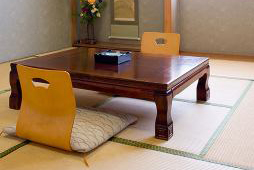
Tachibana-ya INN
A long-established culinary inn founded in 1903 (Meiji 36). You can enjoy seasonal seafood caught locally in the traditional Japanese tatami room dining. It's a historic inn alongside the Arida River where you can savor the cuisine of each season. In spring, taste hairtail dishes; in summer, sweetfish cuisine; in autumn, pike conger kaiseki meals; and in winter, grouper hot pot, all made with freshly caught local ingredients.
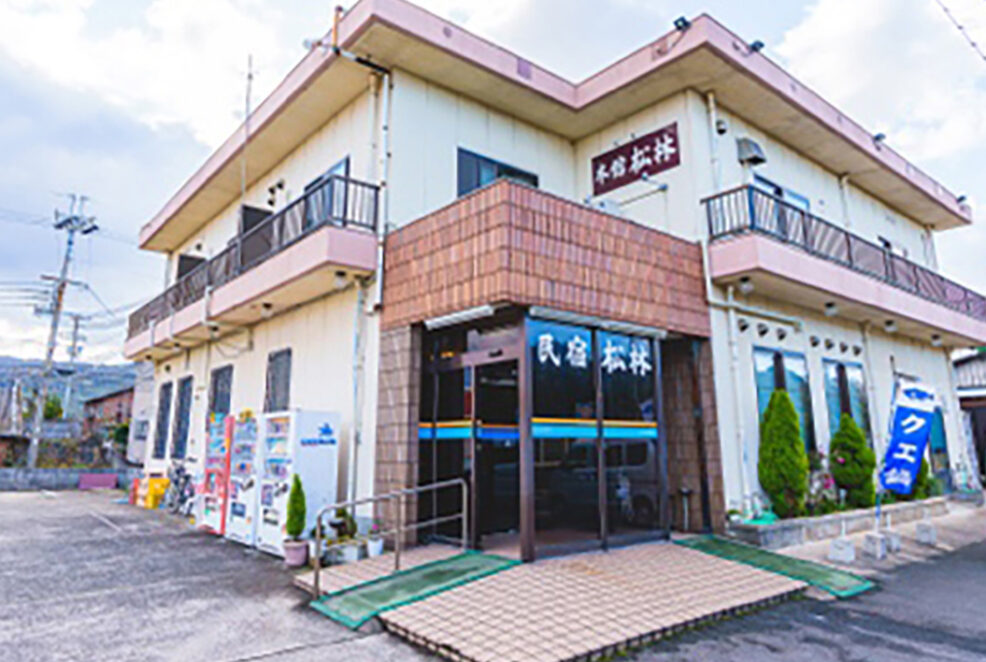
Matsubayashi INN
"Matsubayashi INN" is a culinary inn located very close to the sea in Hatsushima-cho , Arida City, Wakayama Prefecture. Near the inn, there is a fishing port, making this area a treasure trove of fresh seafood caught in the local Kii Channel. If you ever crave truly delicious fish, please do not hesitate to visit "Matsubayashi INN." You can also experience making sushi nigiri. Traveling with your beloved dog can further deepen the bond between pet and owner. We welcome small dogs, providing cages and the essential amenities for a worry-free stay; feel free to bring your favorite items from home.
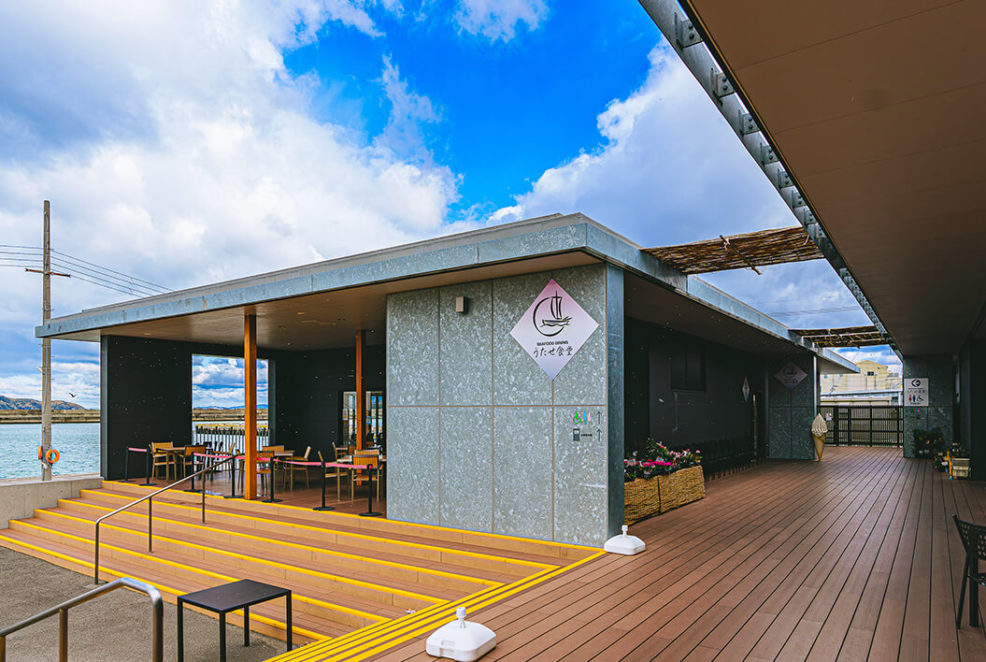
Hama no Utase
"Hama no Utase" is a direct seafood market operated by the Arida Minoshima Fisheries Cooperative, consisting of a retail building and a dining area (Utase Dining Hall), attracting many visitors from both inside and outside the prefecture. In the dining area, you can enjoy fresh and exquisite seafood delicacies at reasonable prices, and during peak times, your desired menu items may sell out early. In the retail building, a variety of fish that changes with the seasons and weather is available, and fishing information can be checked on the "Hama no Utase" website.
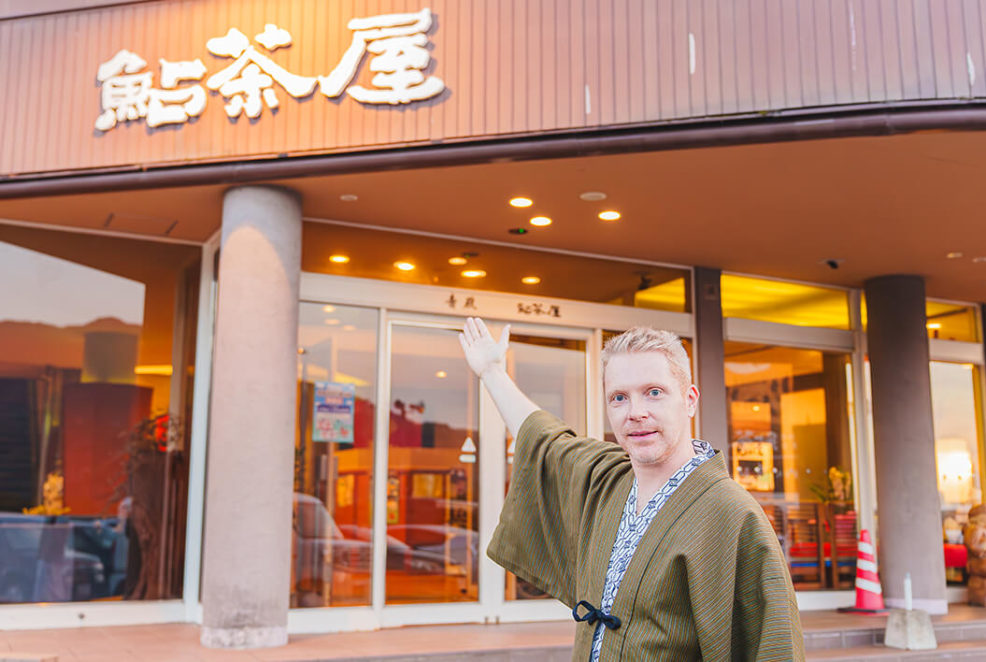
Ayu Chaya
The Aridagawa Onsen, located just a 5-minute drive from JR Kii-Miyahara Station at the annex building of "The Aridagawa Onsen Ayu Chaya Hotel Sunshine", is known for having spring quality of its smooth texture that clings to the skin and its ability to keep you warm after bathing. Established since its founding, you can enjoy specialty fish dishes such as sweetfish from Kishu Arida, Swordfish, and local sea high class fish named "Kue". You can choose from Western-style and Japanese-style rooms, and enjoy a pleasant time while gazing at the magnificent mountains and the tranquil flow of the Aridagawa River in front of the hotel.